Skip to content
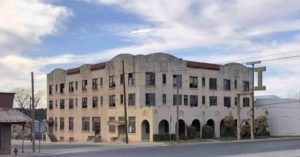
While taking photos of the county courthouse in Ozona, I turned around to see the remains of Hotel Ozona, and couldn’t resist getting a closer look. Obviously once a beautiful hotel and it was easy to imagine it surrounded by cars and people carrying in their finest leather luggage for a stay along a road trip adventure.
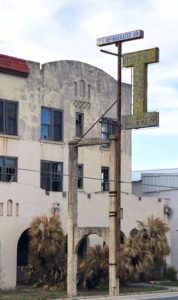 Ozona is a fairly small town, but its position along the Old Spanish Trail would have brought a lot of visitors a few decades ago.
Ozona is a fairly small town, but its position along the Old Spanish Trail would have brought a lot of visitors a few decades ago.
The Old Spanish Trail (also known as OST to many Texans), was a 2,750 mile long roadway that reached from ocean to ocean – St. Augustine, Florida to San Diego California. The headquarters for the project was in San Antonio, where an executive committee of prominent businessmen met weekly at the Gunter Hotel from 1915 until it was completed in the 1920s.
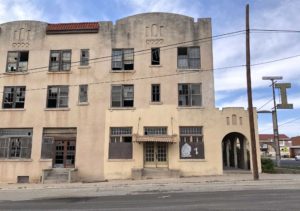
Perfectly timed for a nation that was enjoying a newfound enjoyment of “auto touring,” hotels and restaurants began appearing long the route just as they did later on Route 66. If traveled from one end to the other, tourists would cross eight states and 67 counties along the Southern United States!
Although promoters for the OST claimed that it followed the route used by Spanish Conquistadors 400 years earlier, there wasn’t actually a continuous trail from Florida to California that long ago.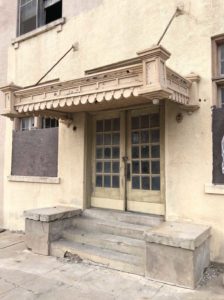
The three-story Hotel Ozona was built in 1927 for $150,000 from reinforce concrete, hollow tile and stucco, to provide stylish accommodations for the influx of tourists coming through the area. The hotel was a busy center of social life for the community for the next twenty years as well, hosting conventions, luncheons, bridge clubs, organization meetings. wedding receptions and more. The Comanche Ramblers, Fort Stockton’s string band, played for old time dances in the ballroom.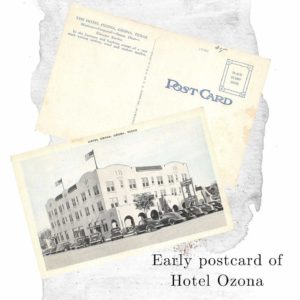
But the party didn’t last forever. In 1948 notices appeared in Texas newspapers advertising the 41-room hotel and its newly equipped kitchen for sale for a mere $8,500, due to the dissolution of a partnership. Travelers along the OST lightened in favor of other, newer highways resulting in many of the once-thriving businesses along its path to close down.
For whatever reason, the Hotel Ozona closed its doors, and never reopened. A peek in the few windows that aren’t boarded up don’t reveal many distinctively original design features other than the from desk, stairway and wrought iron railings.
The old neon sign touting air-conditioned rooms still stands tall, minus most of the neon. 
So she sits and wait for someone to come to her rescue. With the revival of so many older properties in recent years, I’m crossing my fingers that her patience will pay off.
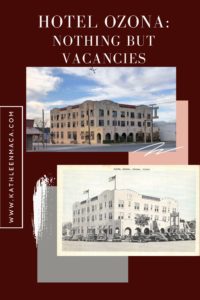
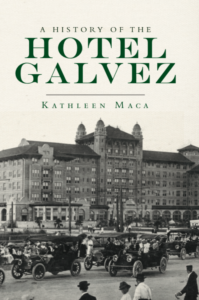

 Ozona is a fairly small town, but its position along the Old Spanish Trail would have brought a lot of visitors a few decades ago.
Ozona is a fairly small town, but its position along the Old Spanish Trail would have brought a lot of visitors a few decades ago.




